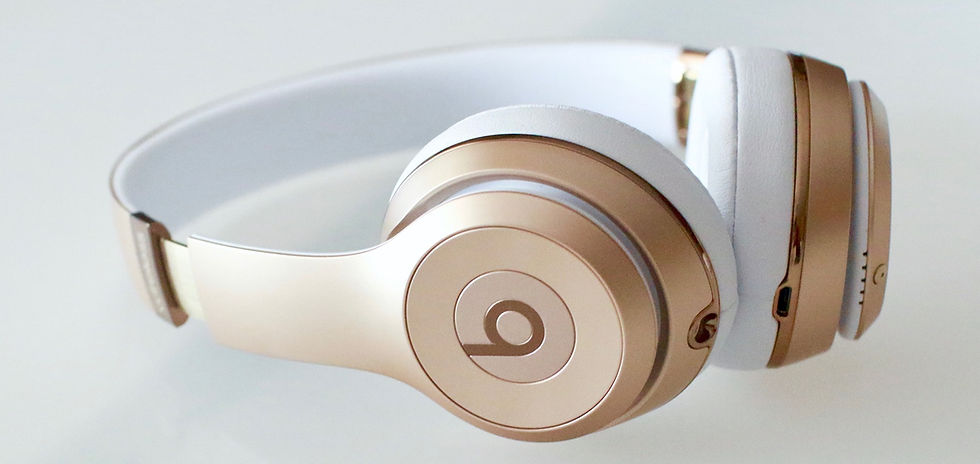When marketing campaigns go wrong - volume 1
- Alen Belavic

- Oct 27, 2020
- 4 min read
Most of the time marketing campaigns run by major companies work exactly like they are supposed to, but sometimes you have to ask yourself Did they really think that would be a good idea? What were they thinking? It is likely when smaller companies have blunders you probably wouldn't hear about it, maybe now in the age of internet you would, but when big companies with big budgets make blunders they sure make big ones. Here are few great examples how not to make a big marketing campaigns.
IKEA - Spot the difference

In 2012. Swedish furniture giant showed us that even the great IKEA isn't immune to marketing campaign failures. If you look carefully at the 2 pictures side by side maybe you can spot the difference, the one on the left is from IKEA global catalogue and the one on the right is from IKEA catalogue for Saudi Arabia. The difference is really obvious, the woman is missing from the Saudi version, and not only form that picture - every women in the catalogue for Middle East has been erased. The reason is obvious, in Saudi Arabia there are no women! But in all seriousness the reason was probably because Saudi Arabia has strict Sharia law and women are not allowed to be shown without the hijab and someone at the company had a quick fix solution that got the company in hot water. IKEA released a statement that they should have reacted before and realized that excluding women from Saudi catalogue is in conflict with the IKEA group values. In the end they attributed the gaffe to the fact its Saudi operation is run by a franchisee.
PEPSI points panic
In 1996. Pepsi had a standard marketing campaign which included collecting points under bottle caps in exchange for prizes. After you collected a certain amount of points you would get prizes like T-shirts, sunglasses etc. Then came the Super bowl ad ending with a actor landing a CGI Harrier fighter jet and saying "Sure beats the bus", while landing on a campus. The caption on the video read Harrier fighter 7.000.000 Pepsi points. That scene would later prove to be key in sorting the ensuing legal debacle.

Pepsi ad caught the eye of the 21 - year old business student John Leonard. He immediately got interested in collecting 7 million Pepsi points and getting the Harrier jet. They say the devil is in the details, in this case it was in the small print on the Pepsi labels where it stated you can collect points with bottle caps or you could buy them for 10 cents each. After doing some quick math and borrowing some money from friends and relatives he quickly sent 15 bottle caps and a check for $ 700.000 and waited for his jet. When the jet didn't come Leonard sued PEPSICO. PEPSICO defense was that the ad was obviously a joke. In the end the case was dismissed and Pepsi brazenly changed the commercial to 700 million Pepsi points for a Harrier jet.
DOMINOS pizza for life campaign
Dominos pizza in Russia started a viral marketing campaign offering a lifetime of free pizza ( 100 pizzas a year for 100 years to be precise) to fans who got the company's logo tattooed "in a prominent place" and shared it on their social media, mostly on VKontakte, which is a Russian version of "Facebook". The campaign was supposed to last for 2 months, but it went so viral that they shut it down in just 5 days. Russian social media was flooded with images of the Domino's logo tattooed on fans' legs, arms, and elsewhere as people tried to join the promotion.

After hundreds of photos flooded Instagram, Facebook and VKontakte, Domino´s had to react quick because they realized they badly miscalculated what people would do for FREE PIZZA FOR LIFE. They quickly updated the campaign with more strict rules, the tattoo had to be on a visible place, at least 2cm in length and that they would give the promotion only to first 350 people. And as mentioned before, it only took 5 days to reach that point. They urged people that if they have tattoos to send pictures by 12pm on the final day, that all that do so later will not be getting free pizza. Even with all the warnings at least 80 people more got tattooed after the promotion ended and did not receive free pizzas. The lucky 350 people received their official certificate that they had to show every time to get the pizza, as well as showing the tattoo.
IN THE END
After scouring the internet in research for this topic, we have realized that there are so many big blunders by big companies that it wouldn't fit in one article, so we decided to make a series of articles on the topic. In the end, behind every successful and every failure campaign there are people, and people make mistakes. And we all know that its better to learn on other peoples mistakes then on your own. So we hope you join us on this educational series of how not to do marketing campaigns.




Comments